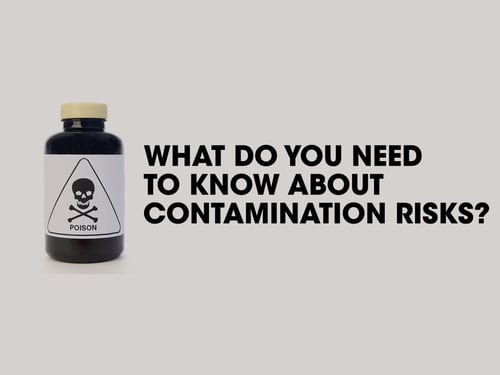What is contaminated land?
The legal definition identifies contaminated land as “land where substances could cause: significant harm to people or protected species, significant pollution of surface waters or groundwater.”
In simple terms this refers to land which has been polluted by substances such as:
- Heavy metals e.g. arsenics, cadmium and lead
- Oils and tars
- Chemical substances and preparations e.g. solvents
- Gases
- Asbestos
- Radioactive substances
Examples of contaminated sites
In most cases land becomes contaminated as a result of past uses of the site where pollutants remain in the soil or groundwater, for example:
- Former factories
- Mines
- Steelworks
- Refineries
- Landfills
- Railways
- Military bases
Some of the sites above have recently been brought forward by the government as part of their housebuilding drive.
How to determine if a site is contaminated?
Local authorities are responsible for determining if land in their area is contaminated and as such they should be your first port of call if you suspect a site to be contaminated. Find out which local authority is responsible for land in your area.
There are also a number of information resources that can be used to help you identify potentially contaminated land such as:
- Local Authority survey information
- River Basin Management Plans
- National Land Use Database
- Local Authority planning department records including Environmental Statements
- Guidance for the Safe Development of Housing on Land Affected by Contamination
What steps to take if you want to build on a contaminated site?
Ok, so you have identified a plot of land for your development but it looks as though there is still contamination present…what do you need to do?
Talk to the planning and environment health departments of your local authority who will guide you through the necessary assessments to undertake before submitting your planning application. They will also provide support on issues you may need to take into consideration as part of the design process such as how to make the contaminated land compatible with sustainable drainage.
You may also need to liaise with the Environment Agency if controlled waters are likely to be contaminated as well. They will be able to advise whether you require an environmental permit before starting construction on site.
It is important to speak to all of the parties involved as early as possible to identify what remediation work is needed to get the site back to a state that is suitable for building on.
Can planning be refused if land is contaminated?
If land is contaminated planning permission will usually be granted subject to conditions or obligations. These will outline the steps needed to reduce the risk of contamination to a level that will not cause unacceptable risks to people or the environment.
The responsibility for ensuring a safe site for the development will sit with you as the developer/builder.
What happens if contamination occurs after you start building?
If you uncover contamination during the construction process on a site that was identified as suitable for building with no previous signs of contamination present you could be liable for remediation expenses to put this right. Although the person or organisation that caused the contamination on the site in the first instance would technically be responsible for such costs, it is more than likely that the contamination happened several decades ago and as such they may be difficult or impossible to locate and the responsibility then passes on to the new owner.
LABC Warranty however, do provide protection against contaminated land as part of our new homes, social housing and private rental policies. In which case you could be covered for such unexpected costs of conducting investigations, removal or treatment of contamination as outlined by the statutory notice.
For more information have a look at our new homes policy.


Have your say